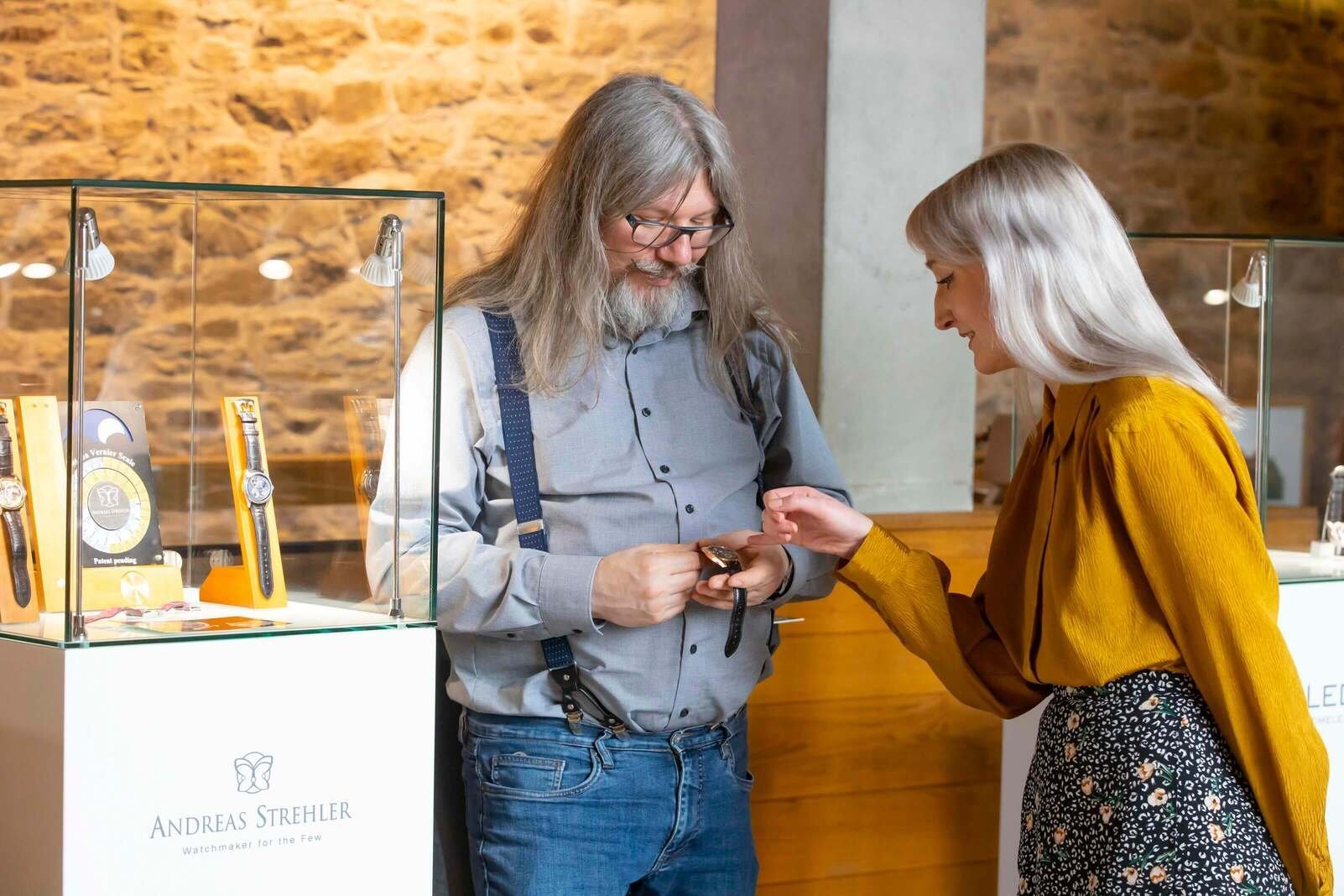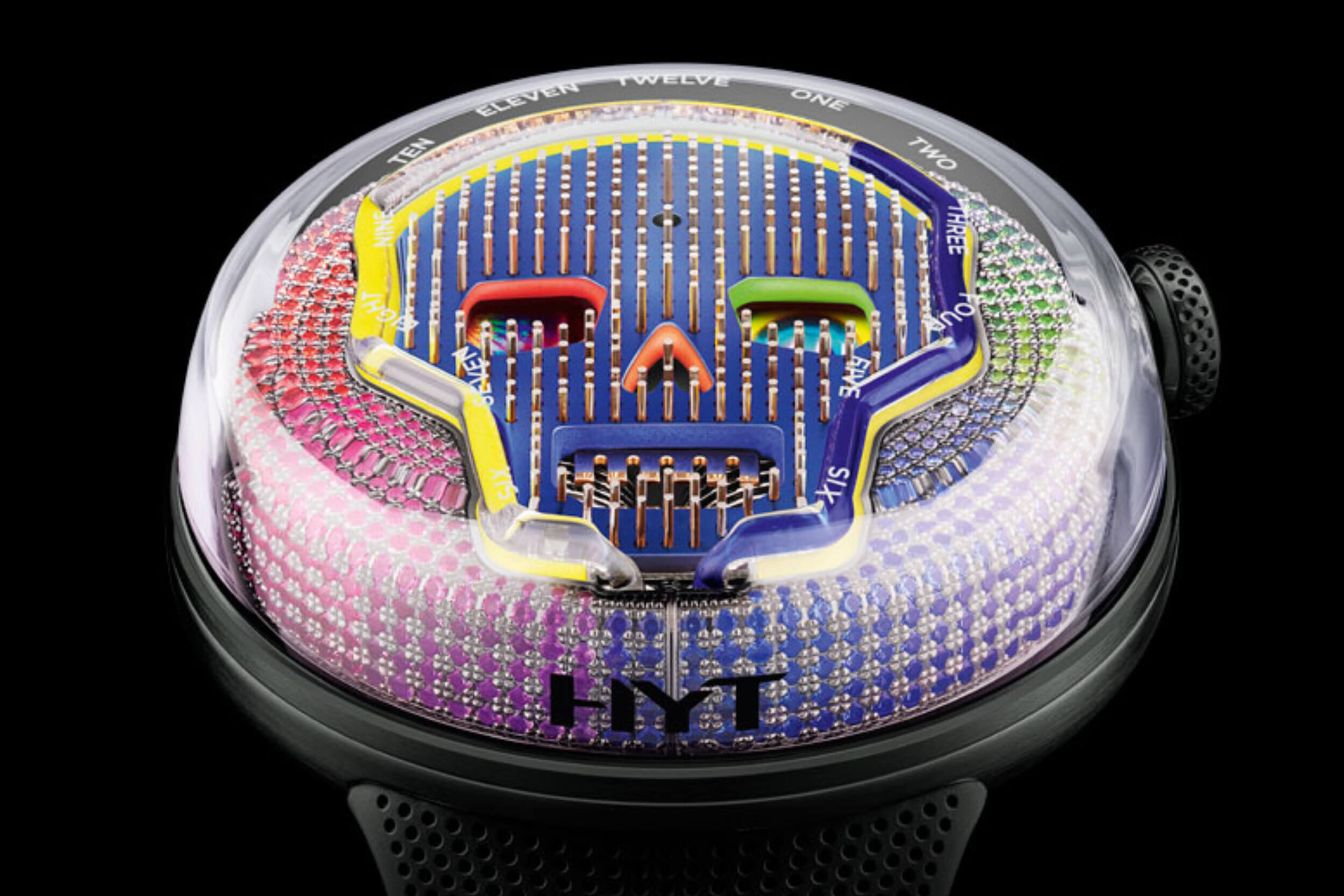Junghans Meister Chronoscope Terrassenbau

With special edition Meister Chronoscope models, Junghans celebrate 100 years of watchmaking in its architecturally important Terrassenbau complex, built onto a hillside and creating a workplace for hundreds of watchmakers.
One hundred years ago Junghans was the largest manufacturer of watches in the world, and while that reputation was obviously a fantastic achievement, such success also brings with it a few logistical headaches, and for Junghans one of those was where and how to house the growing hundreds of watch and clock makers it employed in the German town of Schramberg, whose buildings and streets already occupied almost all of the available land, in what was a narrow river valley.
Part of the issue was the terrain on which Junghans had its original manufacturing facility, because behind the existing offices and workshops the ground immediately veered uphill in a steep incline, and while that meant that options were frustratingly limited, for one architect the challenge represented a career defining opportunity to exploit what Mother Nature had given him to work with, and so Philipp Jakob Manz set about designing a complex of buildings which instead of being compromised by the limitations, took full advantage. The Terrassenbau would be a sequence of nine glass-fronted terraced floors which rose above the rooftops in stepped elevation on the hillside, creating an environment of light and space which was just perfect for the needs of the watchmakers who made it their new home.
Junghan's Terrassenbau opened in 1918 and so this year the fabulous old building celebrates its centenary. To commemorate the occasion the company have produced two limited editions of its Meister Chronoscope chronograph which both feature an engraved impression of the famous building on the casebacks as well as a few subtle little details which pay tribute to the unique tiered ateliers.
The anniversary Meister Chronoscope comes in a 40.7mm case and features a very narrow bezel, like so many Junghans designs creating the impression of a larger dial area. Another brand signature is the pure and minimalist styling, with long and slender hour indices against an uncluttered layout of three recessed subdials, split day/date windows and neat tapering hands with luminous accents. That Bauhaus influence is a look that has served Junghans well down the years, as the Meister collection first appeared in the 1930s in the movement's heyday, and although evolved and refined today it's not much changed, and the design is timeless, understated yet elegant.
The dial configuration is familiar and not surprisingly the J880.1 automatic self winding chronograph movement uses the ETA 7750 as its base. This means we get hours and minutes with small constant seconds at the nine, while the thirty-minute and twelve-hour chrono counters are inline at the twelve and the six.
One hundred pieces will be produced in 18Kt rose gold, with a further 1,000 in stainless steel. Both versions are presented on green alligator leather strap which reflect the colour of the buildings wall tiles.









